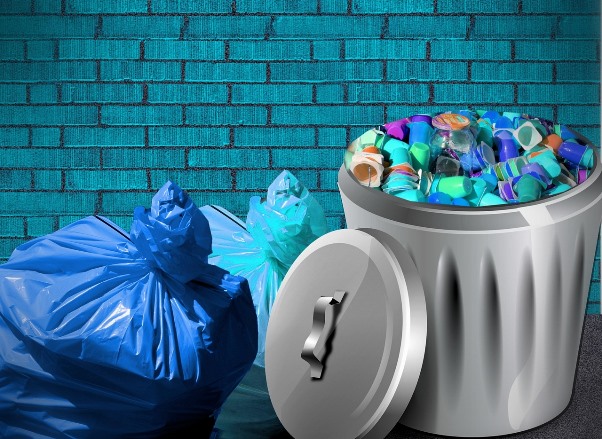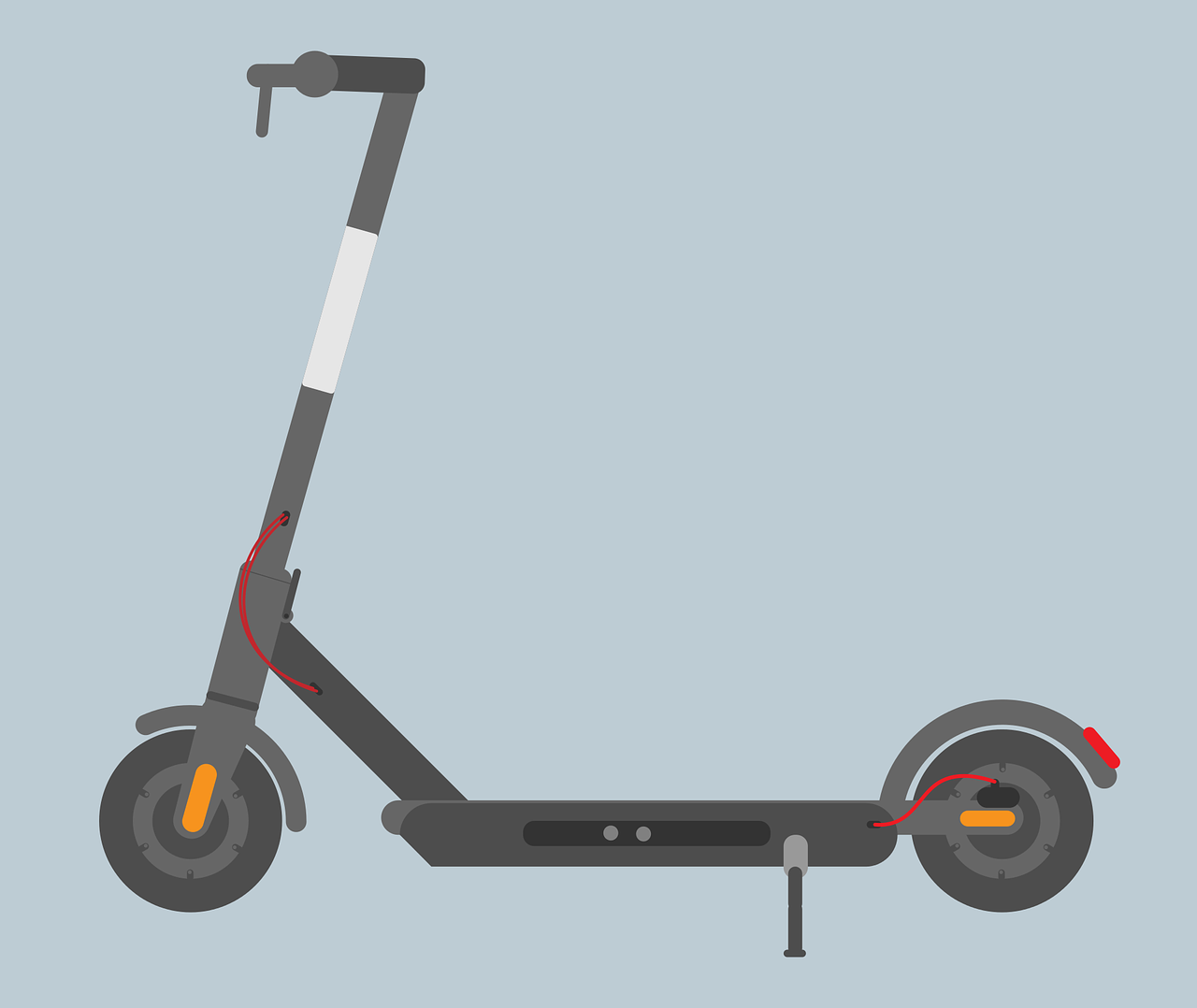Next Generation Bioplastics – Brands Switching to Biopolymers
Biodegradable plastics seem like a preferable option to keep fossil fuel-based plastics at bay. Although we are still a long way from designing sustainable material, bioplastics or in a general sense, biopolymers, will go a long way in reducing dependency on petroleum-based products. Fortunately, CO2 emissions will decrease as well with this much-needed switch.

Globally, about 300 million tons of plastic are produced each year and half of these are disposable. However, only 10-13% of plastic items are recycled. Disposable plastics, also known as single-use plastics, are used just once before being thrown away or recycled. These include plastic bags, water bottle straws, soda bottles, coffee stirrers, and most food packaging items. Often such items land in dumping grounds, especially gathering in our oceans, where they threaten marine life. Over 8 million metric tons of plastic end up in the ocean every year. A study found that there will be more plastic in the ocean than fish by 2050.
Fossil fuel-based plastics are not good environmental options. Reason? A lot of energy and resources are put into manufacturing, transporting, and disposing these off.
Nature of petroleum-based disposable plastic makes it hard to recycle so, new virgin materials and chemicals are added to it for recycling. But there are a restricted number of items recycled plastic can be used to build. Plastic will not biodegrade i.e. decompose into a natural substance like soil, but it will break down into tiny particles after many years. During this process, it releases toxic chemicals and additives that were first used to shape and harden it, which eventually make way into our food and water supply. Micro-plastics, that are small enough to enter the food chain, have been discovered to contaminate bottled water. These toxic chemicals even reach our bloodstream. Recent researches have linked these to impaired immunity, infertility, birth defects, and cancer among many other ailments.
Biopolymers to the Rescue
About 1% of all plastic manufactured globally is made from natural raw materials like corn, potato starch, pea starch, vegetable fats and oils or cane sugar. These are used for food packaging, in disposable cups, bags, etc. and are termed bio-based plastics or bioplastics. These plastics have a capability to eventually degrade if properly disposed however, they behave in the environment like ordinary plastics.
Biopolymers constitute the whole class of polymers derived from naturally occurring raw materials. Not just natural but raw materials that can be easily degraded in the environment. For many debate the usage of this term ‘bio-based’, arguing that fossil-fuels are substances also proffered by our environment. Thus, bio in biopolymers is specifically used to denote biodegrading capability of materials, i.e. efficiency to leave little or no trace after use as compared to other types of petroleum-based polymers or plastics.
Bioplastics, a subcategory of biopolymers, have a wide range of application as alternatives to regular plastics. These can be used in:
- Automotive and airplane parts
- Noise and thermal insulation panels
- Cable sheaths and casings
- Food and drink containers
- Rigid and flexible packaging materials
- Dining utensils
Though the biodegradability quotient is still debated, what use of bioplastics can accomplish is reduce consumption of fossil-fuels, which we all agree are exhaustible and polluting. The biodegradability of bioplastics depends on whether they require an industrial composting facility or decompose in the natural environment.
Most of these plastics are only compostable in an industrial facility where the temperature is nearly 65°C (165°F). Legal binding terms dictate these bioplastics must be broken down to a particle size of 2 mm within 12 weeks. Full composting may take 6 months at a maximum.
Low temperature, lack of oxygen, and less sunlight are not ideal for composting bioplastics in the environment, i.e. in your backyard compost. On the other hand, these are fragile to be stored in your garage for a long time. Because you never know what might grow on them!
The ideal bio-plastic is yet to be developed
The major problem of bioplastics is that these make recycling of ordinary fossil-fuel based plastics difficult. Consumers continuously deliver a mixture of all types of plastics without segregating bioplastics from normal ones.
Composting these together is difficult because each is degraded separately. What makes the condition worse is that recyclability of conventionally manufactured PET bottles, derived from fossil-fuels, is reduced to a great extent when mixed with bioplastics. A part of bio-based PET bottles is made from naturally occurring degradable material, while conventional plastic takes much longer to burn, thus creating diverse substances unlike when just one type of plastic is to be recycled. Also, it is cumbersome to take care of residue if released at different points in time while incinerating.
Brands Switching to Biopolymers
Businesses composting vegetable and garden waste also have to deal with these situations. Thus, many composting facilities remove all types of plastic, unfortunately even those that would break down.
- Coca-Cola Company launched PlantBottle in 2009, a drink bottle made from PET, that contains up to 30% bio-based material. These bottles, although, are not degradable but can be recycled alongside conventional PET containers. In June 2009, the company unveiled an updated version claimed to be 100% bio-based.
- In 2015, another company, Tetra Pak, declared it had achieved 100% renewable content in its Tetra Rex chilled drink cartons. Using tops made from sugar-derived bioplastics and cartons from FSC-certified cardboard, Tetra Pak made an innovative effort towards bioplastics.
- In a welcome attempt by Amazon India, the company stated, in June 2020, that it had successfully eliminated single-use plastics in packaging across all centres in the country. The packaging materials such as bubble wraps and air pillows are now being replaced and swapped out with other biodegradable options.
- Flipkart, on the other hand, revealed they had cut down usage of plastic packaging in their supply chain to about 50% since May 2020.
For now, the world struggles with problems related to hygiene and disposability of plastic products. These go hand in hand. To make sure proper health conditions are maintained, people usually choose ‘use and throw’ which eventually leads to the whole fiasco of where to put all the garbage!
Biopolymers are a good enough option till more sustainable and reasonable products, both in use and price, are unveiled.


